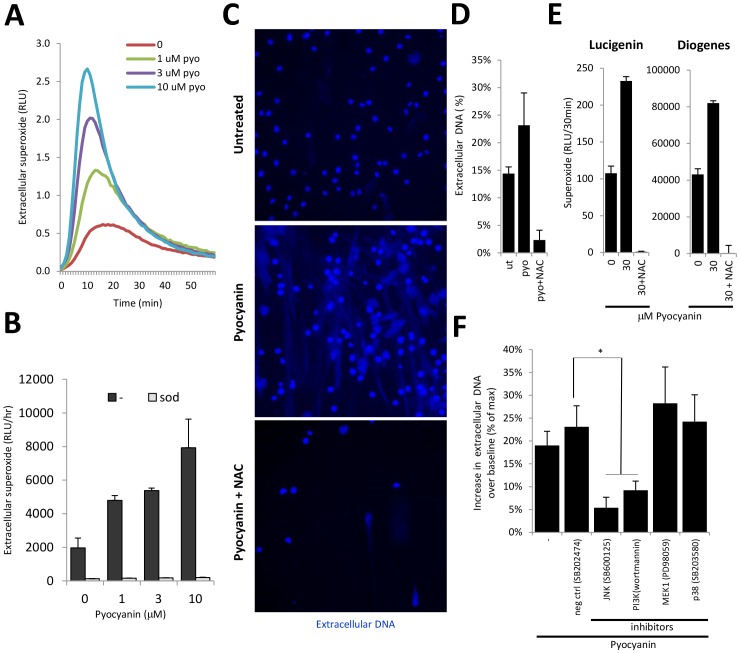Figure 4. Pyocyanin-triggered NET formation involves reactive oxygen species, Jun N-terminal Kinase and Phosphatidylinositol 3-kinase.

A) Representative kinetics of superoxide production in adherent human neutrophils exposed to 1, 3, 10 µM pyocyanin (Diogenes, 60 min, another donor gave similar data). B) Extracellular superoxide production stimulated by pyocyanin is dose-dependent and abolished by 12.5 µg/ml superoxide dismutase (sod) (mean+/−S.D. of two different donors, “–“ = untreated). C) NAC blocks pyocyanin-induced NET formation. Human neutrophils were pretreated with 10 mM NAC for 10 min followed by exposure to 20 µM pyocyanin for 3 hrs. Images of DAPI-stained NETs were taken with fluorescence microscopy. Similar results were obtained with another donor. D) Quantification of the inhibitory effect of NAC (10 mM) on pyocyanin-stimulated NET formation by the fluorescence (Sytox Orange) microplate assay. Data are mean+/− S.E.M. (n = 3). E) NAC (10 mM) blocks both basal and pyocyanin-elicited superoxide production in neutrophils (Lucigenin, Diogenes, mean+/−S.E.M., n = 3) F) Inhibitors of JNK (SB600125, 10 µM, p = 0.0124)) and PI3K (wortmannin, 100 nM, p = 0.0374) suppress pyocyanin-stimulated NET formation whereas p38 and MEK1 pathway inhibitors were without any effect (10µM PD980589, 10 µM SB203580). Data show mean+/− S.E.M. (n = 4). NAC, N-acetyl-cysteine; RLU, relative luminescence unit; JNK, Jun N-terminal Kinase; PI3K, Phosphatidylinositol 3-kinase; sod, superoxide dismutase; * marks significant changes were p<0.05.
